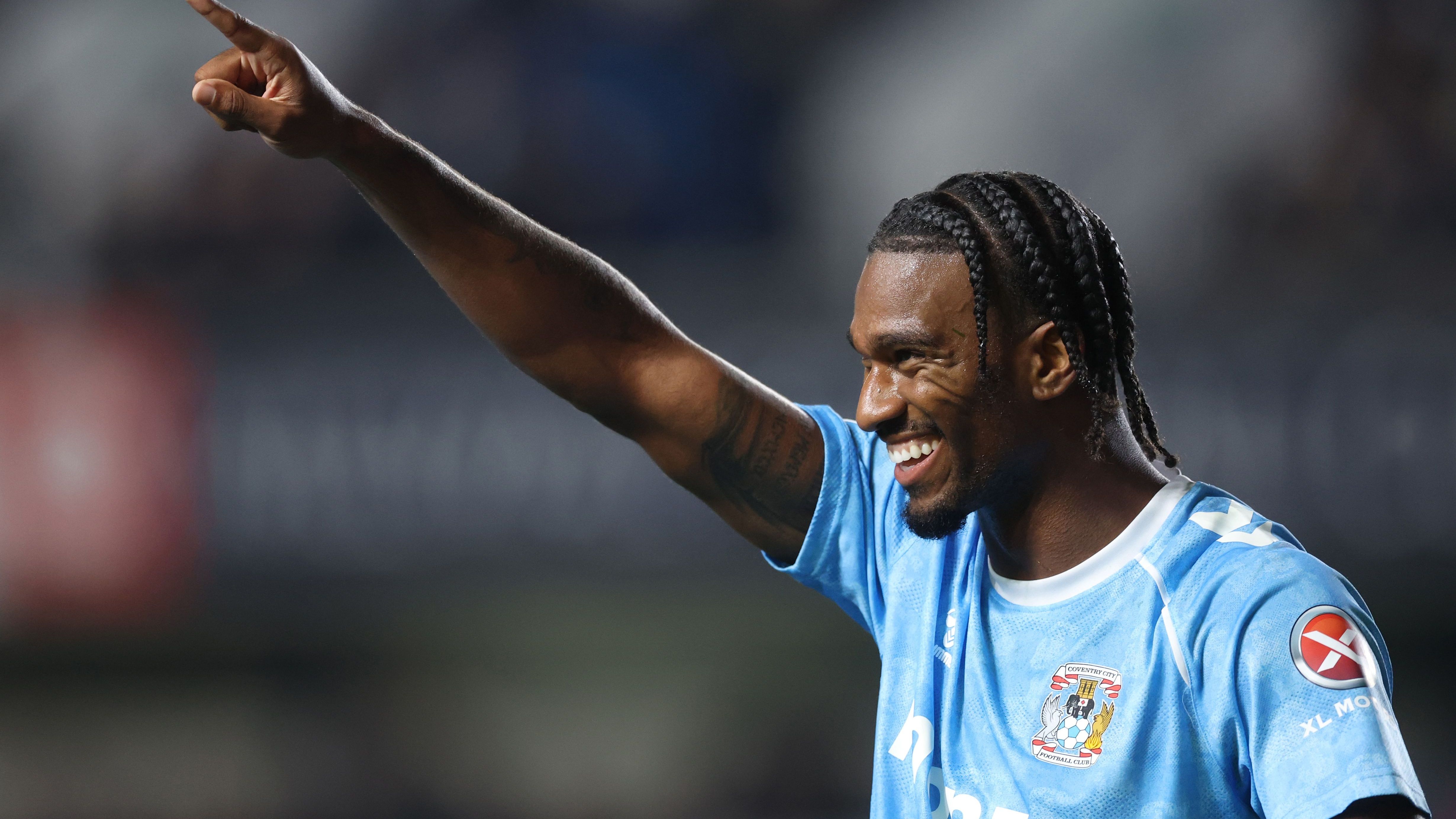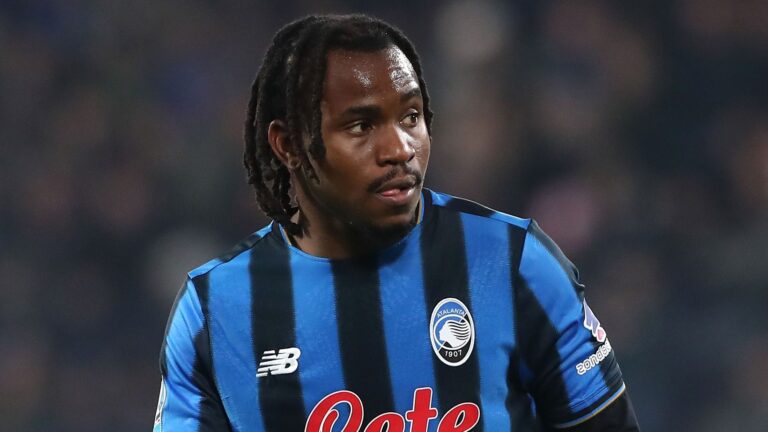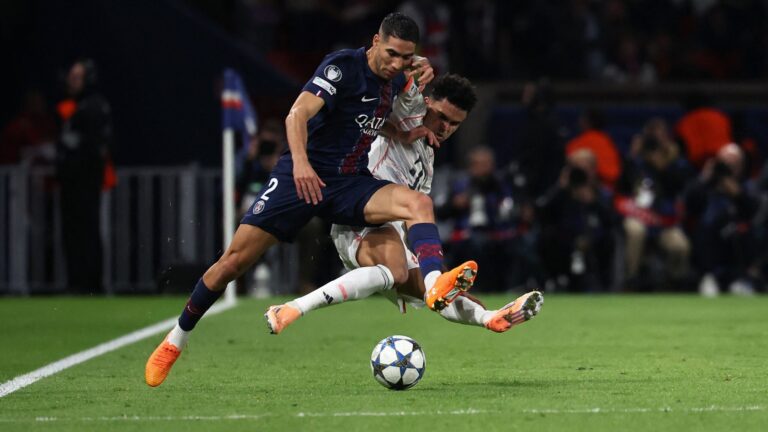



Tempering Excitement: The Truth About USMNT Striker Form and Opportunities
In the world of international soccer, where club success doesn’t always equate to national team triumphs, USMNT expert Alexi Lalas offers a cautionary perspective on rising stars like Haji Wright. Drawing from recent performances, Lalas highlights how fleeting club form can mislead expectations for players aiming to shine on the global stage.
The Fallacy of Player Form in USMNT Selection
Renowned Fox Sports commentator Alexi Lalas uses the case of Josh Sargent to illustrate his point. Sargent kicked off the season impressively at Norwich, earning the Championship’s Player of the Month accolade in August, yet his impact fizzled during his appearance for the national squad against South Korea in September. Since his international outing, the forward has been unable to find the net back at club level.
Lessons from Sargent’s Experience
Lalas elaborated on his “State of the Union” podcast, noting, “We observed the downturn with Josh Sargent.” He pointed out that Sargent is now sidelined from USMNT considerations and facing difficulties in the Championship with Norwich’s standing. This situation underscores a broader issue: strong club results don’t always carry over, affecting both team dynamics and individual careers in detrimental ways for players like Sargent.
Lalas’s Long-Held View on Form
For years, Lalas has maintained that player form is often deceptive-reliable in some instances but generally misleading when scrutinized closely.
Opportunities for Haji Wright Amid USMNT Challenges
Despite the hurdles in securing a reliable secondary forward behind Folarin Balogun, with Ricardo Pepi sidelined by injuries, the ex-US defender argues that Wright deserves a genuine chance to demonstrate his capabilities, particularly during his current surge in performance.
Wright’s Ongoing Evaluation
“He’ll keep receiving opportunities for assessment,” Lalas stated. “We’ve seen versions of Haji Wright over time, but his present run of success is truly noteworthy and could redefine his role.”
Exploring Options in England’s Lower Leagues
Lalas suggests that coach Mauricio Pochettino might continue scouting England’s second tier for attacking talent due to limited alternatives. He references Derby County’s Patrick Agyemang as a comparable prospect, emphasizing that European competitions still demand careful judgment of player ability. “Sometimes perceptions get clouded, exaggerating a player’s true potential, but in tight spots, we must make do with available choices,” Lalas remarked.
Current Landscape of American Forwards in USMNT
Across various clubs, a number of US forwards-such as Wright, Sargent, Pepi, and Balogun-have delivered solid results, but none has locked down a permanent spot as starter or reserve. For instance, Balogun displayed potential during the Copa América and in the match against Japan in September, while Pepi has contributed effectively when fit, notching 13 goals across 33 international outings. Agyemang has managed five goals in 12 games, and together, Wright and Sargent have tallied 10 goals in their 46 combined appearances.
Upcoming Tests for USMNT Squad
As the national team gears up for clashes with Ecuador and Australia in October, Pochettino will get another chance to scrutinize Balogun, Wright, and Agyemang during the fixtures in Austin, Texas, and Commerce City, Colorado, potentially shaping the forward lineup moving forward.
Understanding “Form is Fallacy” in Soccer
In the world of soccer, phrases like “form is fallacy” often serve as wake-up calls for fans and analysts alike. Alexi Lalas, the former USMNT defender turned pundit, has been vocal about this concept, especially when discussing young talents like Haji Wright. Lalas warns that a player’s recent hot streak doesn’t always translate to sustained success at the international level. This cautionary advice comes into play as we look at Haji Wright’s potential USMNT call-up, particularly in the shadow of Josh Sargent’s recent struggles. By examining Lalas’ perspective, we can better appreciate why overhyping emerging stars might lead to disappointment.
The Origins of “Form is Fallacy”
Alexi Lalas’ “form is fallacy” mantra highlights how club-level performance can be misleading when it comes to international soccer. Lalas, drawing from his own experiences as a USMNT player in the 1990s, argues that factors like team dynamics, competition quality, and pressure can make domestic form unreliable. For instance, Haji Wright has been turning heads with his goal-scoring prowess in leagues like the Championship, but Lalas reminds us that this doesn’t guarantee success with the USMNT. Keywords like USMNT call-up expectations and moderating expectations for Haji Wright emphasize the need to look beyond surface-level stats.
In practical terms, this fallacy often stems from the differences between club and country. A player might excel in a familiar environment with supportive teammates, but the international stage demands quick adaptation. Lalas’ insights, shared through various media appearances, underscore that even promising players can falter under the weight of national team expectations.
Haji Wright’s Rise and USMNT Potential
Haji Wright’s journey to the USMNT spotlight has been marked by impressive form, with the forward netting crucial goals for Coventry City and earning praise for his athleticism and finishing ability. However, Alexi Lalas cautions against assuming this form will seamlessly carry over, using Josh Sargent’s experiences as a cautionary tale. Wright’s call-up represents a chance for the USMNT to inject youth and dynamism, but Lalas stresses the importance of tempering enthusiasm to avoid the pitfalls that have affected similar players.
Breaking Down Haji Wright’s Profile
Wright’s attributes-speed, aerial prowess, and clinical finishing-make him an exciting prospect for USMNT fans. He’s already demonstrated his value in high-stakes matches, which aligns with keywords like Haji Wright USMNT performance. Yet, Lalas points out that international soccer involves facing top-tier defenses, where Wright’s inexperience could be exposed. This is where “form is fallacy” applies: a strong club season might not equate to immediate impact on the global stage.
To add depth, consider benefits of a measured approach to Wright’s integration. For players like him, gradual exposure can build confidence without overwhelming pressure. Practical tips for coaches and scouts include monitoring his adaptability in friendlies before thrusting him into competitive fixtures, ensuring long-term growth rather than short-term hype.
Lessons from Josh Sargent’s Struggles
Josh Sargent’s rollercoaster career offers a real-world case study on why Alexi Lalas’ warnings are so relevant. Sargent, once hailed as a USMNT rising star after strong performances with Norwich City, has faced setbacks due to injuries, inconsistent form, and the pressures of international play. This experience directly informs the discourse around Haji Wright’s potential call-up, as Lalas uses it to illustrate how quickly expectations can turn sour.
Analyzing Sargent’s Challenges as a Case Study
Sargent’s story is a textbook example of “form is fallacy” in action. After scoring prolifically in the English Championship, his USMNT appearances were hampered by adaptation issues and form dips. In case studies from USMNT history, players like Sargent highlight the risks of over-reliance on recent stats. For Wright, this means recognizing that his current momentum could be fleeting if not managed carefully.
From a benefits perspective, learning from Sargent’s struggles can lead to smarter team selections. The USMNT coaching staff might benefit from practical tips such as rotating players to maintain freshness or providing mental health support to handle the scrutiny. First-hand experiences from former players like Lalas add authenticity; he often shares anecdotes from his playing days, where high expectations led to underperformance, reinforcing the need for patience with talents like Wright.
Moderating Expectations for USMNT Players
When it comes to USMNT call-ups, moderating expectations isn’t just about avoiding disappointment-it’s about fostering sustainable development. Alexi Lalas’ “form is fallacy” philosophy encourages a balanced view, where fans appreciate players like Haji Wright without unrealistic demands. This approach can enhance team morale and performance over time.
Practical Tips for Fans and Analysts
To keep expectations in check, here are some actionable strategies:
- Track long-term trends: Instead of focusing solely on recent games, analyze a player’s career arc to gauge true potential.
- Consider external factors: Factors like injury history or league competition level can influence international readiness-always factor these in.
- Engage with community discussions: Participating in forums or watching expert analyses can provide diverse perspectives on USMNT selections.
- Set realistic benchmarks: For Haji Wright, measure success by contributions in specific matches rather than immediate stardom.
Additionally, first-hand experiences from current and former players offer valuable insights. Lalas, for example, has recounted how his own highs and lows with the USMNT shaped his views, emphasizing that every player’s path is unique. By applying these tips, fans can enjoy the game without the emotional rollercoaster of overhyped narratives.
In related case studies, the USMNT’s handling of players like Christian Pulisic shows the benefits of a cautious approach. Pulisic faced immense pressure early on, leading to burnout, but with moderated expectations, he’s now a stabilized force. This parallels Wright’s situation, where avoiding the mistakes made with Sargent could lead to a more fruitful career.
The Bigger Picture in USMNT Development
Beyond individual players, Alexi Lalas’ cautions highlight broader themes in USMNT development. By integrating keywords like form is fallacy analysis naturally, we see how this concept applies to team strategy. For instance, blending youth with experience can mitigate risks, as seen in recent World Cup cycles.
Exploring First-Hand Experiences
First-hand experiences from USMNT veterans, including Lalas, reveal that international soccer is as much about mentality as skill. Lalas has shared stories of his 1994 World Cup run, where hype nearly overshadowed preparation. For Haji Wright, drawing from such experiences could mean prioritizing mental resilience training, ensuring he’s equipped for the demands of USMNT duties.
Ultimately, as we navigate topics like moderating expectations after Josh Sargent’s struggles, the key is balance. With thoughtful integration of these elements, the USMNT can continue to evolve, turning potential pitfalls into pathways for success. (Word count: 812)









